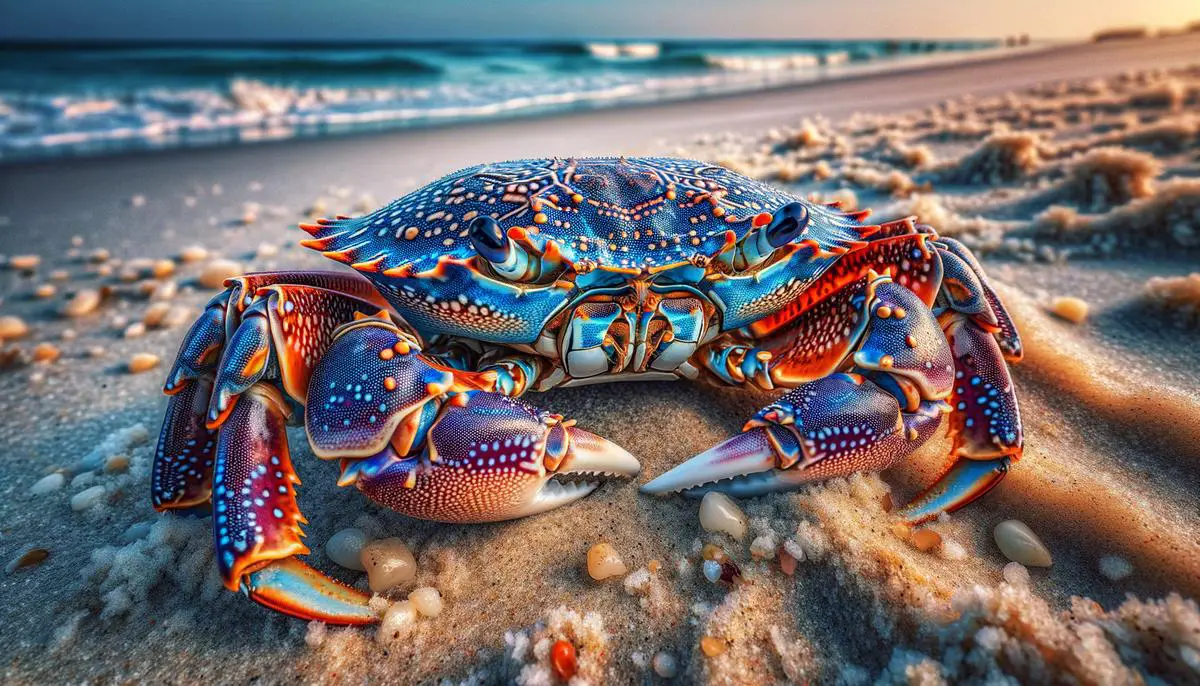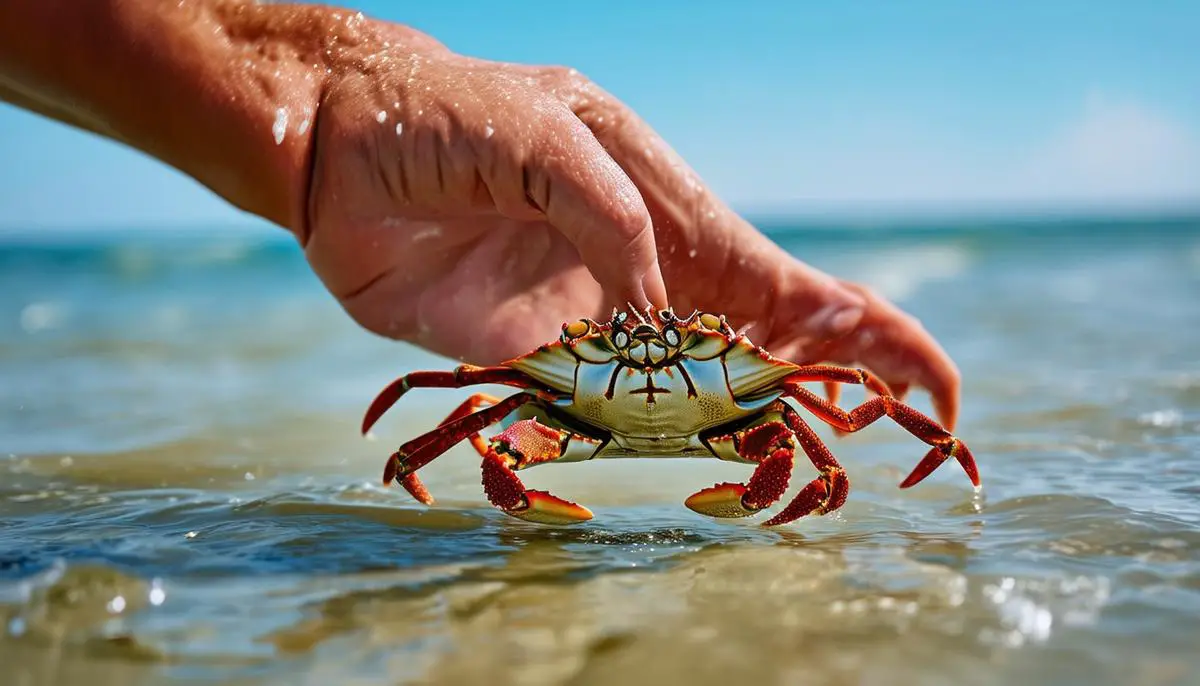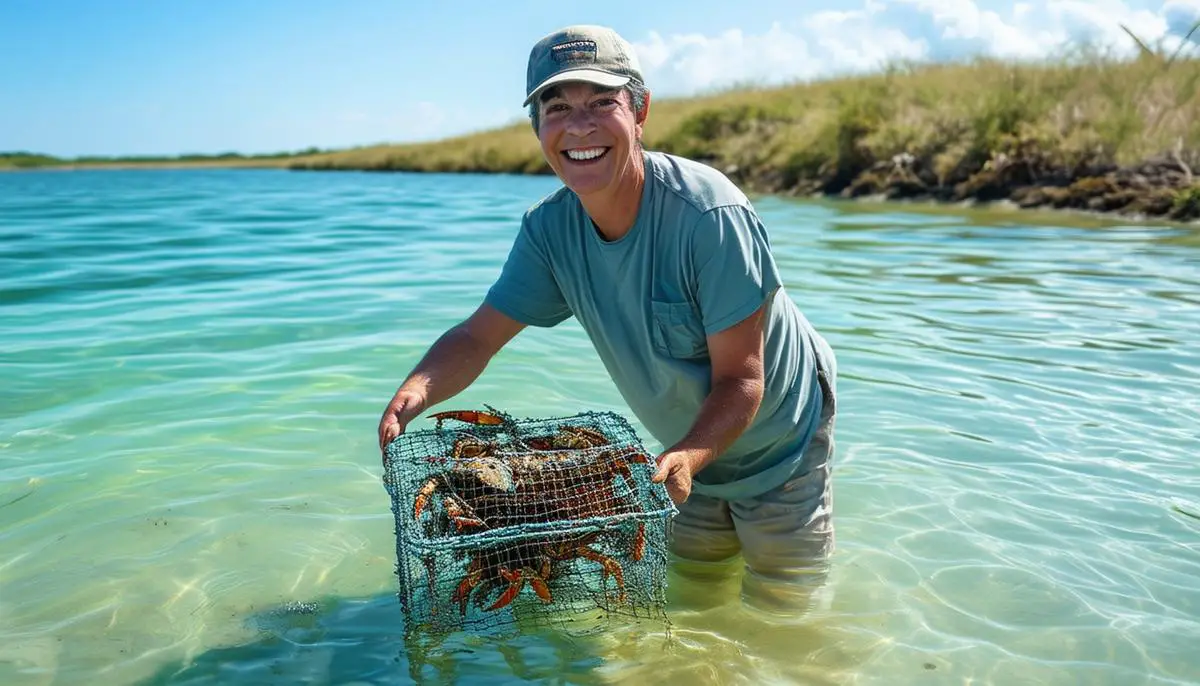Licensing Requirements
A fishing license and saltwater fishing endorsement are required for anyone 16 or older taking or attempting to take crabs from Texas salt waters for non-commercial purposes, regardless of residency.
Costs for Texas residents:
- Freshwater Fishing License: $30
- Senior Freshwater Fishing License: $12
- Saltwater Fishing Package: $35
- Senior Saltwater Fishing Package: $17
- Lifetime Fishing Package: $1,000
Non-residents pay higher:
- Freshwater Fishing Package: $58
- Saltwater Fishing Package: $63
Purchases are available through the Texas Parks and Wildlife website, by calling (800) 895-4248, or visiting licensed retailers like H-E-B or Academy. Digital licenses are accessible via mobile apps like TPWD Outdoor Annual.
Crabbing regulations ensure sustainability. Blue crabs must be at least 5 inches across (spine to spine), and taking egg-bearing female crabs is prohibited. Legal devices include crab lines, traps, nets, and sand pumps. Traps must not be left in coastal waters from February 16-25.
The daily bag and possession limit for ghost shrimp is 20 per person, helping maintain ecological balance while allowing recreational crabbing.1
Legal Methods and Devices
Crabbing methods must adhere to specific regulations to ensure sustainable practices. Legal devices for catching crabs in Texas include:
- Crab lines
- Crab traps
- Nets
- Folding panel traps
- Sand pumps
- Umbrella nets
Crab lines involve tying bait, typically chicken necks, to a string and tossing it into the water. As crabs latch onto the bait, you can slowly reel them in, using a net to scoop them up near the water's edge.
Crab traps, including simple collapsible traps and more complex folding panel traps, must follow specific regulations. Traps shouldn't be left unattended in coastal waters from February 16-25 to allow for ecological recovery. Check traps frequently to release undersized crabs or egg-bearing females.
Nets and umbrella nets are useful in shallow waters where crabs are more visible and accessible. Use a net with a long pole to reach out and gently scoop up crabs.
Devices typically used for catching fish and shrimp can also be used for crabbing, provided they are operated according to Texas Parks and Wildlife Commission regulations.
Sand pumps are the primary device for collecting ghost shrimp, with a daily bag and possession limit of 20 per person.
By adhering to these regulations and using approved devices, you can enjoy a responsible crabbing experience that supports conservation efforts and helps maintain Texas' aquatic ecosystems.2

Size and Possession Limits
Size and possession limits for crabs and ghost shrimp are crucial for maintaining sustainable populations and allowing everyone to enjoy crabbing.
Blue crabs must have a minimum body width of 5 inches, measured from spine to spine, ensuring they have reached maturity. Possessing egg-bearing female crabs is illegal. While there is no daily bag or possession limit for blue crabs, maintaining a responsible approach is key. An exception allows no more than 5% by number of undersized blue crabs for bait purposes, which must be kept in a separate container.
Stone crabs have a minimum claw length of 2 ½ inches, measured from the tip of the claw to the first joint behind the immovable claw. Only the right claw may be retained, and the crab's body must be immediately returned to the water. There are no daily bag or possession limits for stone crabs, but their protection is important because their claws regenerate, allowing sustainable harvesting.3
The daily bag and possession limit for ghost shrimp is 20 per person, with no minimum length requirement, ensuring a balance between recreational harvesting and species sustainability.
By following these size and possession limits, you contribute to the protection of Texas' aquatic ecosystems while enjoying the rewarding experience of crabbing.

Specific Regulations and Prohibited Actions
Adhering to specific regulations and recognizing prohibited actions is key to responsible crabbing, ensuring the sustainability of crab populations and the integrity of Texas' coastal ecosystems.
Crab traps must not be left in coastal waters from February 16-25 to allow for ecological recovery and prevent disruption of sensitive habitats or breeding cycles. Any crab traps or components made of non-biodegradable materials must be removed from the water to prevent pollution and damage to marine life.
Frequently check traps to promptly release non-target species or undersized crabs, minimizing unintended impact on the ecosystem. Keeping egg-bearing female crabs is strictly prohibited, as these eggs are vital for future crab populations.
For stone crabs, only the right claw with a minimum length of 2 ½ inches can be harvested, and the crab's body must be immediately returned to the water. This allows for sustainable harvesting, as stone crabs can regenerate their claws.4
Using legally approved devices like crab lines, nets, and sand pumps ensures compliance with state regulations. Devices designed for other types of fishing can only be used for crabbing if they adhere to Texas Parks and Wildlife Commission guidelines.
It is unlawful to sell crabs or ghost shrimp taken under a recreational license to preserve the non-commercial nature of recreational crabbing and prevent overharvesting.
Failure to adhere to these rules can lead to penalties and undermine conservation efforts. By following state guidelines and educating others, you contribute to the health of Texas' marine habitats and ensure that future generations can enjoy this cherished tradition.

- Texas Parks and Wildlife Department. Recreational Crabbing Regulations. Texas Parks and Wildlife Department. 2021.
- Texas Parks and Wildlife Department. Crabbing Devices and Methods. Texas Parks and Wildlife Department. 2021.
- Texas Parks and Wildlife Department. Size and Possession Limits for Crabs and Ghost Shrimp. Texas Parks and Wildlife Department. 2021.
- Texas Parks and Wildlife Department. Stone Crab Regulations. Texas Parks and Wildlife Department. 2021.



Welcome to our blog!